
HOW TO CLEAN UP THE DIESEL FUELING EXPERIENCE
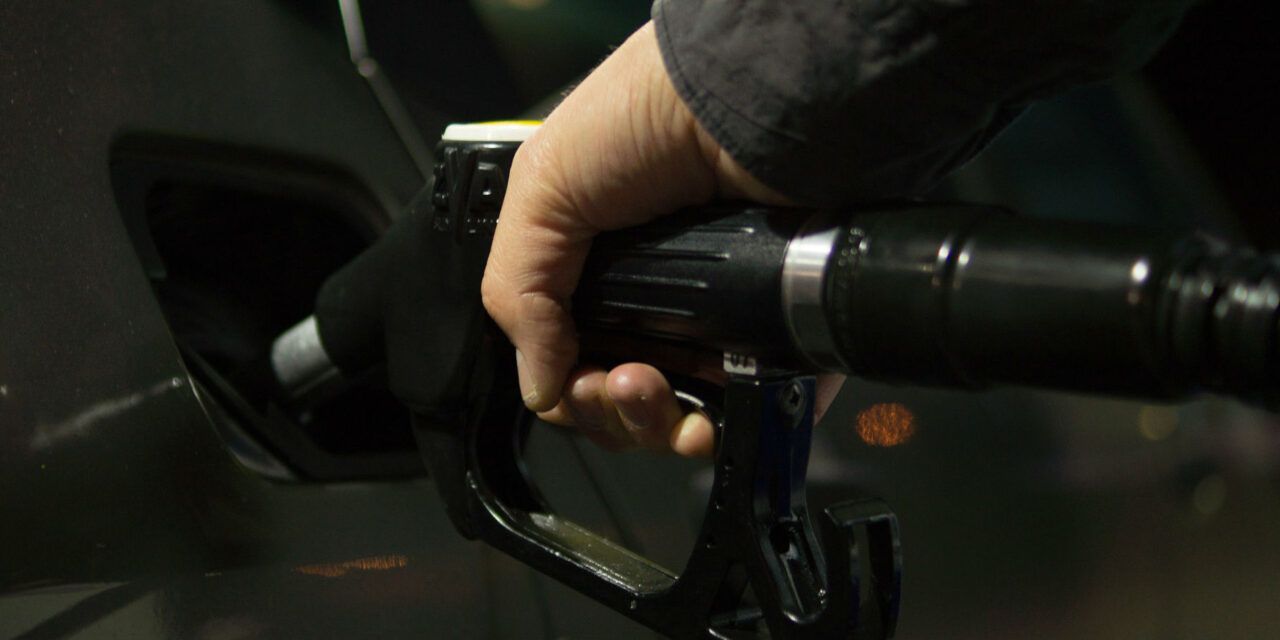
HOW TO CLEAN UP THE DIESEL FUELING EXPERIENCE
By Ed Kammerer
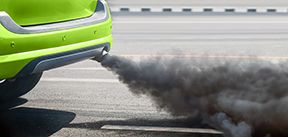
air pollution crisis in city from diesel vehicle exhaust pipe on road
Everyone has had the experience of sitting at a traffic light with a dump truck or 18-wheeler idling in front of them, then having a plume of diesel exhaust emitted at their vehicle as the truck moves forward when the light turns green. While it’s true that this experience is less common today thanks to stricter diesel-emission regulations, the development of low-sulfur diesel-fuel formulations, and the refinement of clean-diesel fueling technology (such as diesel exhaust fluid or DEF), diesel still carries the stigma as a dirty fuel in many ways.
One place where this unflattering reputation is hard to shake is at the service station – especially if the retailer allows it to fester. Diesel exhaust fumes are not the culprit here. Instead, it is the grimy, unappealing appearance of diesel-fuel nozzles and surrounding forecourt surfaces that are covered with fugitive fuel that escapes at the completion of the vehicle-fueling process.
This may become increasingly problematic from a brand-image and reputation standpoint for fuel retailers. As indicated in a 2018 report in The Globe and Mail, the number of diesel-powered vehicle options for drivers is expanding, highlighted by Ford’s introduction last year of a diesel version of its iconic and popular F-150 pickup truck. This means there will be more and more passenger vehicles that are powered by diesel, creating more and more instances where those fugitive drops of diesel can stain fuel nozzles and the ground. This also becomes problematic for the gasoline customer as well. We see an increase of 3+1 dispensers where the gasoline nozzle and the diesel nozzle share the same side of the dispenser. The gasoline customer does not want to see a messy, dirty diesel nozzle hanging right next to his gasoline nozzle.
Coming Clean
Few, if any, restaurants would deserve a repeat visit if their customers encounter dirty silverware, tattered furniture or evidence, in a worst-case scenario, of rodent infestation. In other words, for retailers, cleanliness isn’t only next to godliness, it is next to indispensible if they wish to attract the repeat customers that help them remain in business.
Admittedly, it is much easier to keep some forms of retail sites clean when compared to others. One of those that is susceptible to eventually looking a little rough around the edges is the retail fuel station. This is mainly due to the actual nature of the business, the fueling of all types of motor vehicles in an outdoor environment that can feature rain, snow, dirt, grime, grease and many other forms of hard-to-control contaminants.
Still, that doesn’t mean that fuel retailers should not make every effort to ensure their site – especially the forecourt and its various pieces of equipment – is as appealing to the eye as possible. If the forecourt serves as the welcome mat for the customer, the fuel nozzle is the proverbial handshake with the driver, the first point of hands-on interaction that can play a huge role in determining if that interaction is a pleasant one.
Therefore, it is imperative that fugitive fuel is not allowed to gather on the nozzle trigger, hand insulator and fuel guard, making it dirty and unappealing for customers to handle. Customers will also be put-off by a forecourt surface that is dotted with diesel-fuel stains. In the long term, any excessive amounts of spilled fuel, or an accumulation of spilled fuel over time, will necessitate a cleanup program and, along with it, associated costs and pump-island downtime.
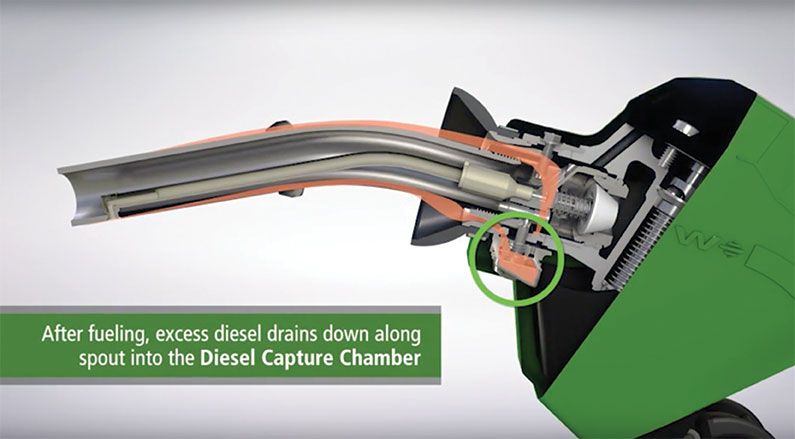
Capture It, Don’t Release It
Knowing the importance of a clean fueling site in establishing a favorable brand image and reputation for the fuel retailer, OPW has created the 14 Series Nozzle family, which uses innovative, patented technology to provide a cleaner fueling experience. A key member of this family is the 14C Series Diesel Capture Nozzle, which is approved for use with traditional diesel and biodiesel blends up to B5.
The 14C nozzle sets a new consumer standard and expectation in diesel fueling with the introduction of its patented diesel-capture technology. At the conclusion of the diesel-fueling process, any excess diesel fuel that remains on the spout will migrate back to the capture device. This excess diesel fuel is fully secured in the diesel-capture chamber until the next fueling cycle begins when a venturi built in to the chamber is activated to introduce the captured diesel fuel back into the fuel stream. The nozzle also features a drip guard that captures any fuel that may run out onto the outside of the nozzle. The result is a nozzle that will not become coated with unsightly diesel-fuel drops, creating a much more inviting look and feel for the customer.
Other features that further separate the 14C nozzle from the competition include a FlowLock that halts fuel flow if the nozzle falls out of the vehicle or is tipped up, a durable Duratuff lever guard that won’t scratch vehicles, Accu-Stop to-the-Penny flow control technology, comfortable two-piece NEWGARD hand insulator, and a one-finger hold-open clip that easily lets the user set the flow rate.
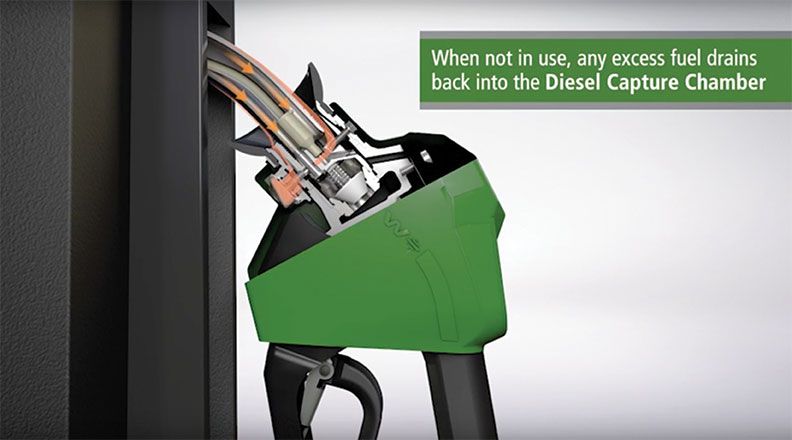
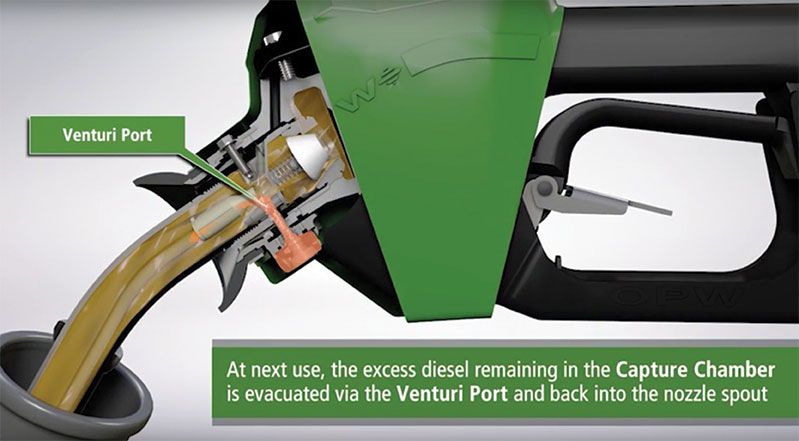
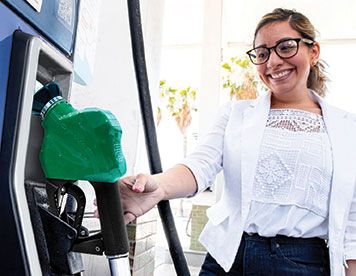
Conclusion
Brand image and reputation play a huge and undeniable role in the ultimate success or failure of a business. For fuel retailers, a dirty, fuel-stained forecourt is a detriment that can cause prospective customers to fulfill their vehicle-fueling needs elsewhere. With the use of diesel fuel beginning to rise, retailers can ill afford to have unattractive fuel nozzles or forecourt surfaces be the impetus for driving customers away. OPW addresses the challenges that can be caused by fugitive diesel fuel with its new 14C Series Diesel Capture Nozzle. The 14C’s standard-setting Diesel Capture Technology can make it a go-to choice for fuel retailers who want to put the cleanest face on their sites.






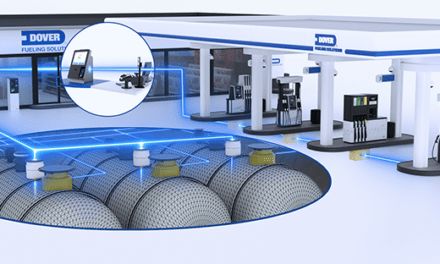

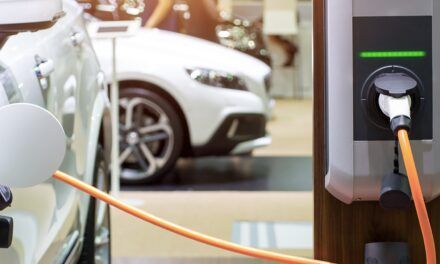

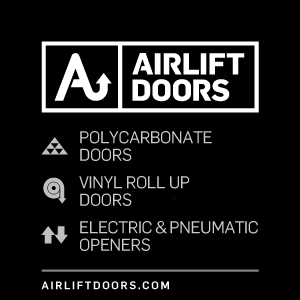

























So Its okay for gasoline to drip out of the pump because it doesn’t look dirty? Don’t get me wrong i dont believe any fluids should drop out and on to the ground…. Why is it always diesel that gets picked on? Dont forget that gasoline engine use 30% more GPM then diesel….so how clean us clean dont forget we only measure what comes out a tailpipe not how much fuel we put in to the tank….